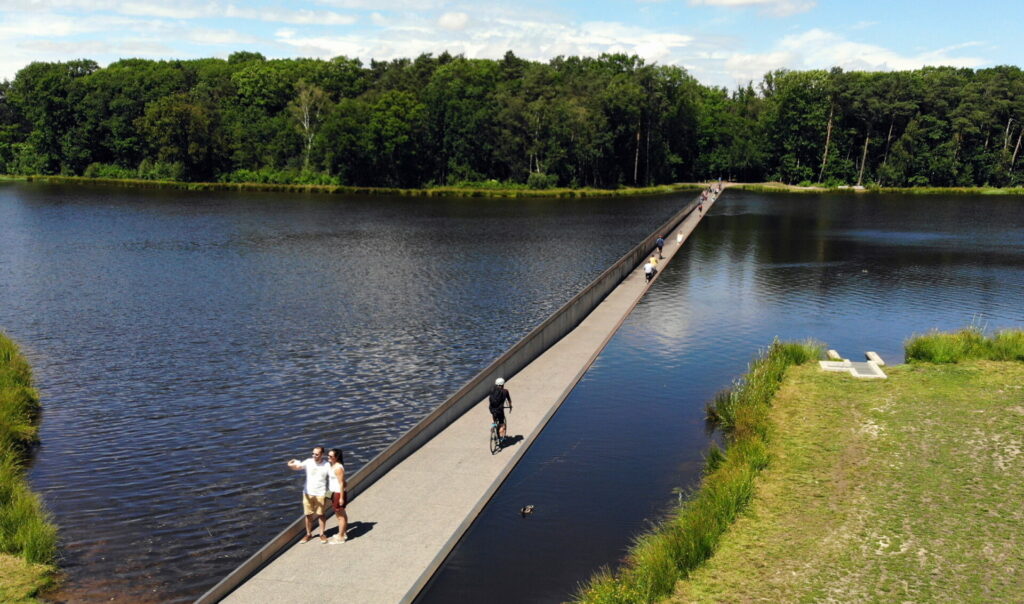Cities and municipalities in Flanders have invested three times more in cycling this year than five years ago, according to a survey by the Association of Flemish Towns and Municipalities (VVSG) and Fietsberaad Vlaanderen. This is mainly spent on building cycling infrastructure, and networks, improving intersections and monitoring cycling use.
Cycling is gaining importance for city and municipal governments who are recognising the potential of the transport for a modal shift. Not only will this help the region achieve climate targets, it also fits with a vision for better-organised cities that serve their populations better. To this end, cities and towns are investing between €15 and €20 per inhabitant on cycling policy – three times that spent in 2017.
Road safety is the main motivation for investment in cycling, followed by the shift towards sustainable mobility and quality of life in public spaces. Well-constructed and maintained cycling infrastructure in turn makes riding a bike more appealing to those who do not already. The survey shows that people in Flanders mainly want better cycling routes for short distances within the centres of towns and cities.
Related News
- Antwerp port unveils Belgium's first recycled plastic cycling lane
- Ten cycling infrastructure projects in Brussels to get huge funding boost
However, the increased investment hasn't led to a great increase in cycle paths. "Cycle lanes cost a lot of money and sometimes they are not the right solution. In many places, a lot of results can be achieved with a bicycle street or a 30 zone and reduced car traffic," said Jan Vermeulen, chairman of Fietsberaad Vlaanderen and mayor of bicycle town Deinze.
Besides cycle paths and networks, investments in safe bicycle parking facilities are also needed. "It's just as important that people can leave their bikes with peace of mind in safe bicycle parking facilities. We need to catch up here, especially near the major railway stations," concluded Wim Dries, chairman VVSG and mayor of Genk.

